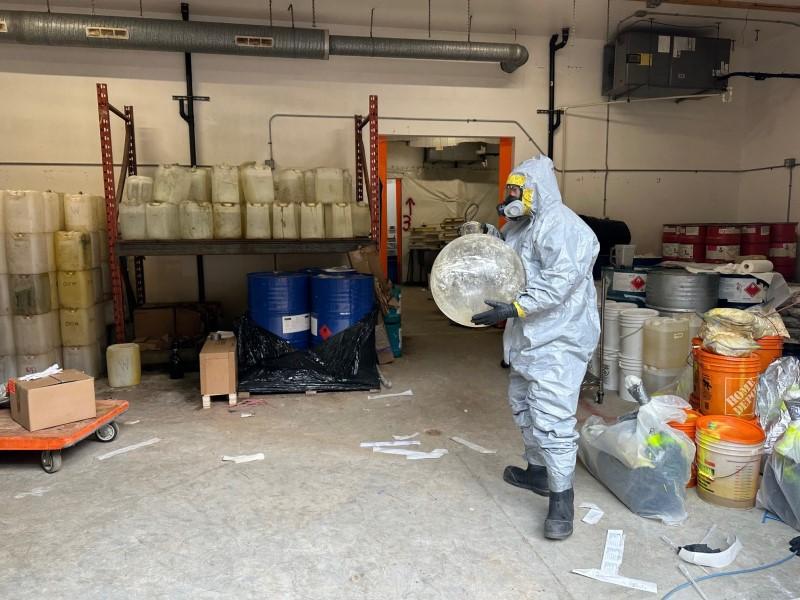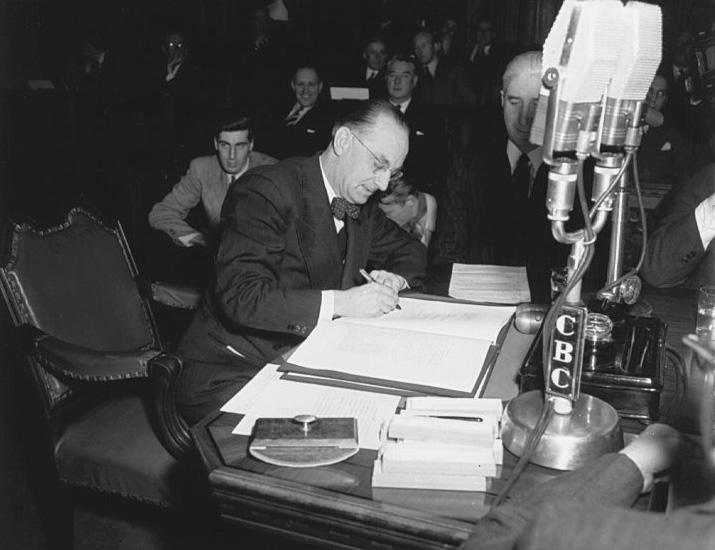The FBI raid on the home of former U.S. President Donald Trump has emphasized existing concerns that the United States now has a two-tiered justice system—one for those in power and another for those who aren’t.
But here in Canada, we have a quieter version of that same debate, revealed during the convoy protests.
A long-standing political discussion within Canada has concerned a so-called “two-tiered health-care system” replacing the current socialist model. One side argues that allowing private enterprise to participate in the system would improve it, while supporters of the status quo argue that it would create a “two-tier” system that would hurt the less advantaged. That discussion is playing out in the courts today, particularly with the case brought by Dr. Brian Day.
However, until very recently, there has not been a concern about a two-tiered justice system, where one’s political view determines what kind of justice one will receive. In fact, up until recently, there has been a universal agreement on the principle that the system should treat everyone equally. While it has always been recognized that those with money have better access to lawyers, it has always been taken for granted that a person’s political views would be irrelevant when meting out justice. Simply put, that justice would be blind to the politics of the day.
That has changed, and the case of Tamara Lich brings worries that we now have a justice system that favours those with “acceptable political views” while persecuting those with “unacceptable views.”
Prime Minister Justin Trudeau explained his “acceptable views” philosophy to Canadians when he was asked why he supported protests, such as the Black Live Matter (BLM) and the Wet’suwet’en protests, but condemned, and was willing to make illegal, the convoy protest.
He said he supported those with “acceptable views” and condemned those with “unacceptable views.” In his view, he gets to decide which views are “acceptable” and which views are “unacceptable.” In the case of those who supported the convoy protests, those with “unacceptable views,” Trudeau labelled those citizens as “racists” and “misogynists.” His government then treated those protesters in a draconian way never before seen in this country. People had their bank accounts frozen, some were jailed, and some had their trucks and personal property seized.
No other protesters in Canadian history had ever been treated as harshly. For example, the Wet’suwet’en and BLM protests caused far more damage than the convoy protest, but no one in those protests was charged with committing crimes. It should be remembered that the BLM protests (in which Trudeau actually participated) took the lives of dozens of people and caused billions of dollars in property damage in the United States.
The Wet’suwet’en protests shut down Canada’s railway system for weeks, causing major economic damage. Incidental crimes committed during the Wet’suwet’en protests, such as arson and vandalism, could easily have taken lives and certainly disrupted and damaged the economy. (For that matter, the church vandalism and statue-toppling caused after the dubious claim of the discovery of 215 residential school students’ bodies in Kamloops last summer has resulted in almost no charges.) Apparently, anyone participating in those protests, even those who committed crimes, passed the prime minister’s “acceptable views” test.
But the convoy protesters were treated in an entirely different manner.
Tamara Lich saw every part of the newly created two-tier system play out from the inside of a jail cell, as police, junior justice officials, and others treated her the way a political dissident would be treated in a dictatorship. For doing what thousands of BLM, Wet’suwet’en, and unmarked graves protesters did with impunity, Lich was jailed and treated in a manner unbefitting a Canadian citizen.
But the out-of-court remarks by Chief Justice Wagner made things much worse. The chief justice, who had not denounced the protesters in those much more damaging protests, singled out the convoy protesters for censure.
So, people like Tamara Lich now know exactly where they stand with the government in power, and with the Justice system. They are no longer citizens but enemies. They have “unacceptable views.” And people with “unacceptable views” face the prospect of having their views judged by a chief justice who has made his views about people like Lich very clear.
Justice is supposed to be blind. Does Canada now have a two-tiered system of Justice?





